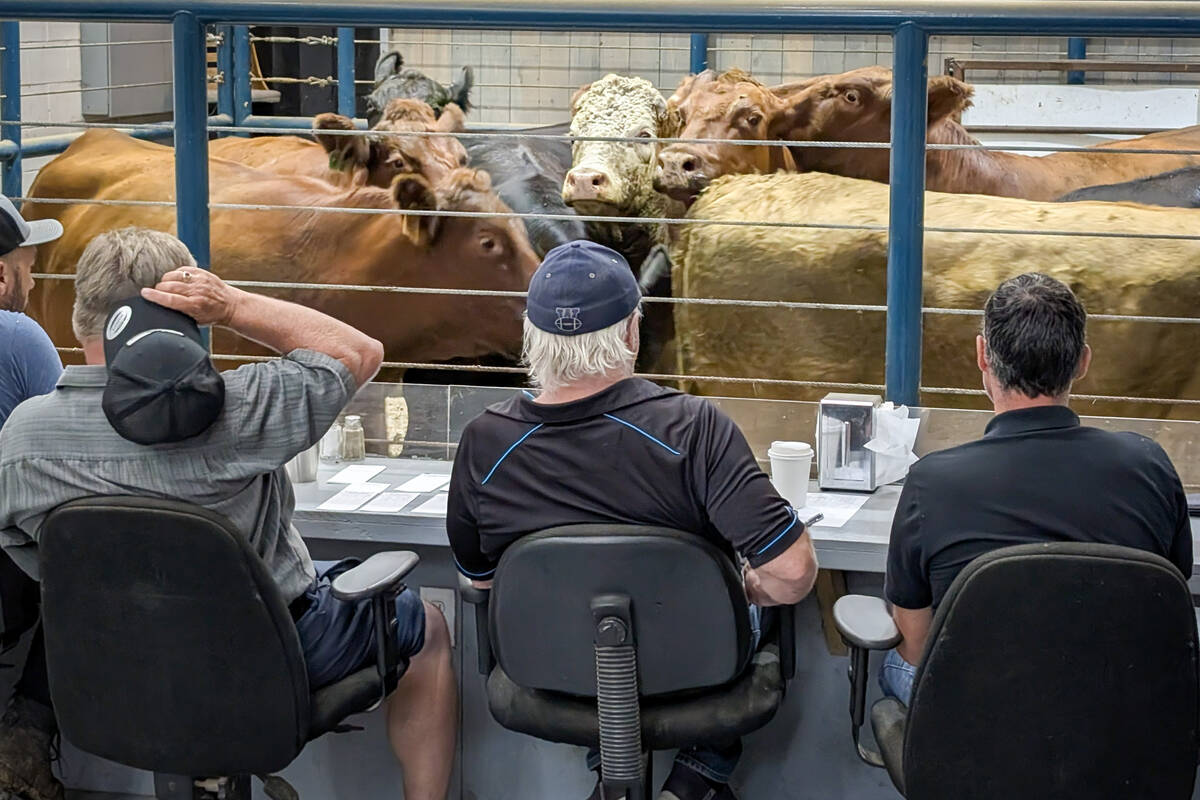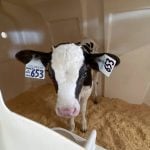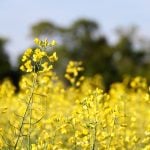Saskatchewan’s five-month pilot program to protect livestock by thinning out the predator coyote population has paid out incentives on over 71,000 sets of paws.
The province on Wednesday released the rough count on the uptake from its coyote control program, which ran from November 2009 through to the end of March 2010 and paid hunters and producers $20 per coyote harvested.
“There was a need to take action to control the coyote population and I’m pleased with the uptake of this program,” Agriculture Minister Bob Bjornerud said in a release. “I hope this program has helped to reduce both the predation issues facing livestock producers and the potential danger posed to farm and ranch families.”
Read Also

Klassen: Weaker fed market weighs on feeder cattle prices
For the week ending November 8, Western Canadian feeder cattle markets traded $10-$20/cwt below values from seven days earlier. Some…
Rural municipalities agreed to verify coyote kills submitted to the pilot program, requiring four paws to be presented as evidence of one kill.
“I appreciate the support of RMs in helping to administer the coyote control program and will continue to work with them, as well as farmers and ranchers, to monitor coyote problems as we move forward,” Bjornerud said.
When it announced the pilot plan last November, the province said it would consider at the program’s conclusion whether it would grant an extension, but didn’t say Wednesday whether the program would continue.
Bjornerud’s announcement Wednesday drew criticism from the provincial opposition NDP, which said the program would pay out over $1.4 million in total “at a time when meaningful and effective programs and services were being cut across Saskatchewan.”
NDP environment critic Sandra Morin contended Wednesday that the $1.4 million was “wasted by the (Brad) Wall government on the coyote bounty.”
Morin, a Regina MLA, said the funding would have been better spent retaining Dutch elm disease and West Nile mosquito control programs, or affordable housing programs such as those operated by Saskatoon’s Quint Development Corp., Prince Albert’s River Bank Development Corp. or Moose Jaw’s Connecting as Neighbours.
Farm leaders quoted in the province’s release took a different view.
“With less hunting and trapping in recent years, coyote attacks on livestock were becoming an increasing problem for producers,” Greg Marshall, a cow-calf producer at Semans, Sask. and president of the Agricultural Producers Association of Saskatchewan, said in Bjornerud’s release.
“This program has helped to address that problem and alleviate some of the pressure on our livestock producers.”
“Coyote attacks on livestock were costing cattle producers thousands of dollars in losses,” Saskatchewan Cattlemen’s Association chairman Jack Hextall said in the same release. “By helping to decrease coyote numbers and removing problem predators, this pilot program has helped to protect cattle producers’ investment.”
Martin Catto, a sheep producer at Lipton, Sask., added in the release that the program “definitely helped to reduce the coyote population, which in the long run should help to reduce the problems associated with livestock predation.”
Saskatchewan Crop Insurance Corp. has seen over 1,000 claims registered since April 1 on the federal/provincial compensation program for livestock killed or injured by predators. The program, launched in March, is funded for up to $2.5 million per year.














